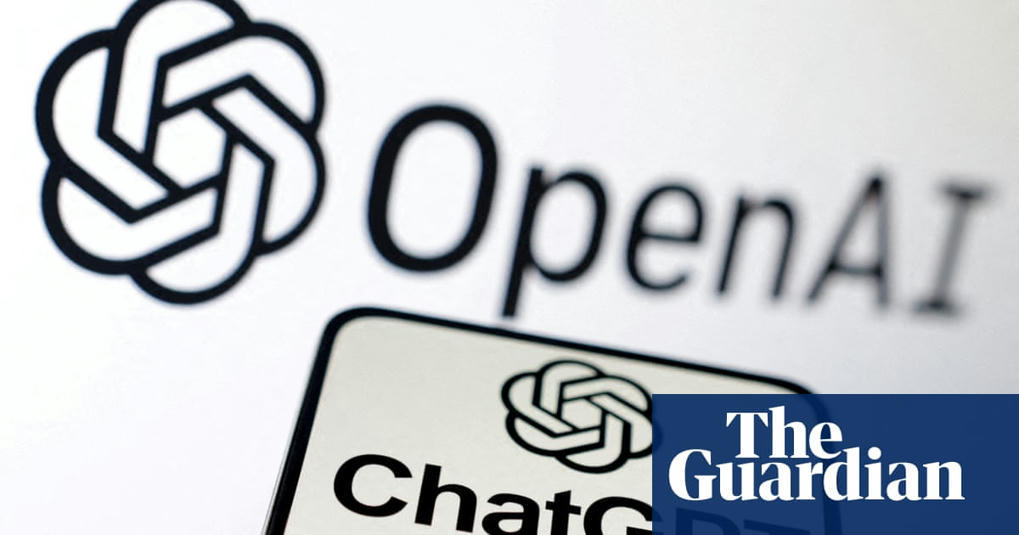
Pressure grows on artificial intelligence firms over the content used to train their products
Read the full article at: www.theguardian.com

Pressure grows on artificial intelligence firms over the content used to train their products
Read the full article at: www.theguardian.com
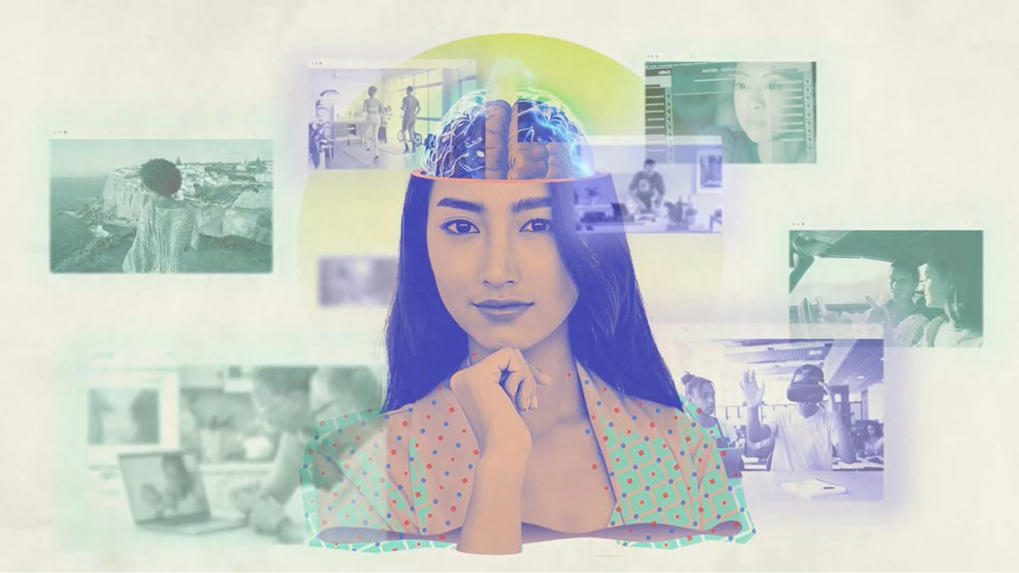
Start getting familiar with generative AI tools like ChatGPT. The world is moving forward, and you need to be ready to move with it.
Read the full article at: www.cnet.com

Coca-Cola used AI to create a flavor that evokes the future. The verdict? It tastes fruity.
Read the full article at: aibusiness.com

OpenAI has announced that its GPT Store, a platform where users can sell and share custom AI agents created using OpenAI’s GPT-4 large language model, will finally launch next week.
Read the full article at: www.artificialintelligence-news.com

Artificial intelligence is everywhere, and the tech industry is racing along to develop ever more powerful AIs. Three scholars look ahead to the next chapter in this technological revolution.
Read the full article at: theconversation.com

“Imagine your voice powered by AI! Our detailed step-by-step guide will walk you through the process of using Meta’s Audiobox AI to generate speech that sounds just like you …”
Read the full article at: ambcrypto.com
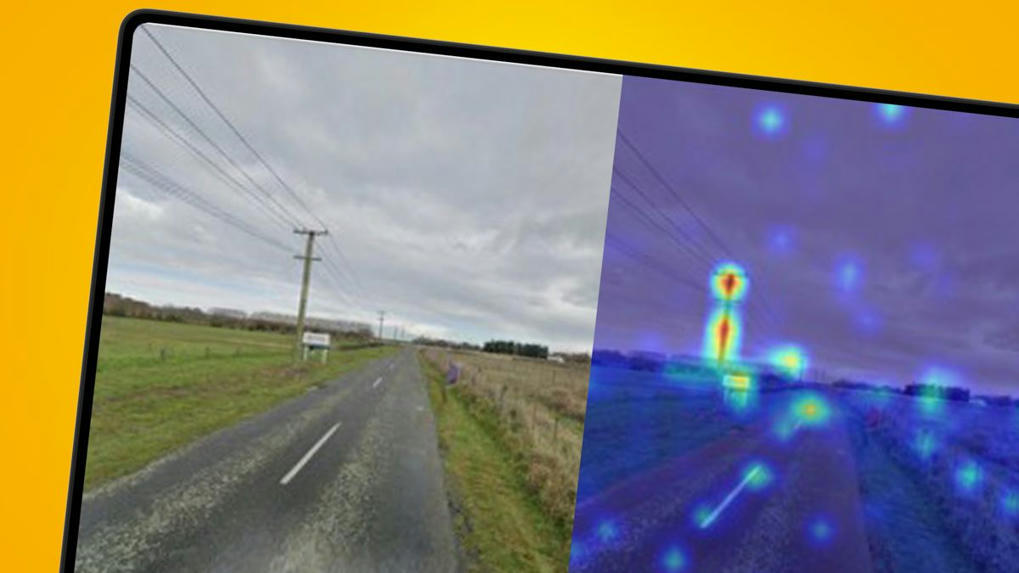
A new artificial intelligence tool can pinpoint your location just by looking at a photo, and it’s raising concerns that it could become a major privacy issue.
Read the full article at: www.techradar.com

The integration of Artificial Intelligence (AI) in the wine industry marks a significant shift from traditional viticulture and enology practices to a more technologically advanced approach. AI’s application ranges from vineyard management to winemaking processes, ultimately impacting the quality, efficiency, and sustainability of wine production.
Read the full article at: www.forbes.com
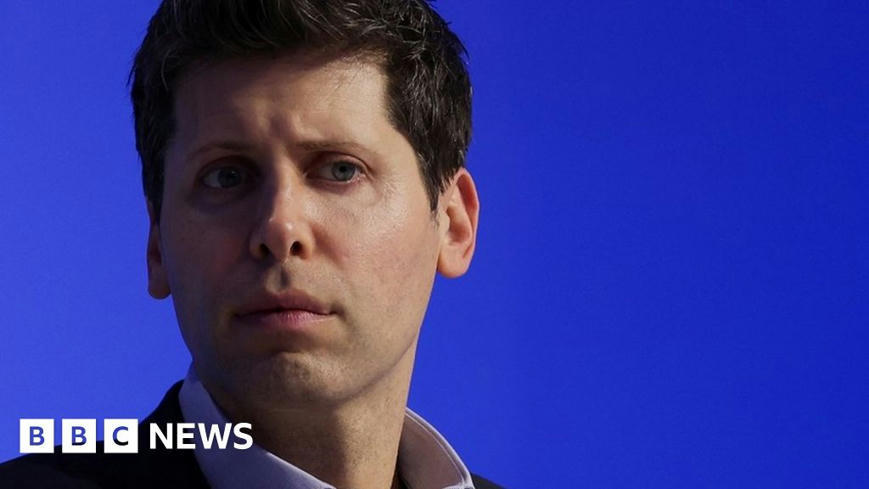
A cutting-edge tool from Open AI appears to be poorly moderated, allowing it to be abused by cyber-criminals.
Read the full article at: www.bbc.com
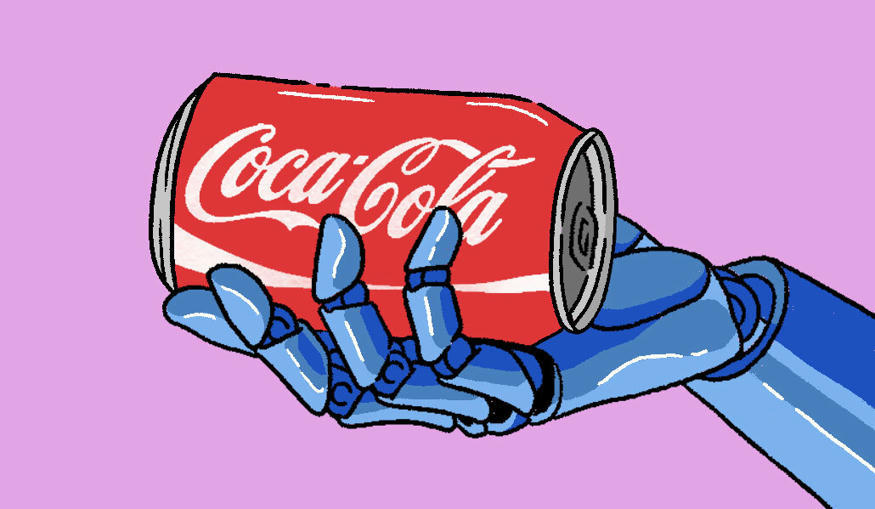
The beverage behemoth believes that if it can offer an interactive, easy-to-use tool that appeals to consumers, particularly younger tech savvy consumers, it can help the brand retain relevance.
Read the full article at: digiday.com